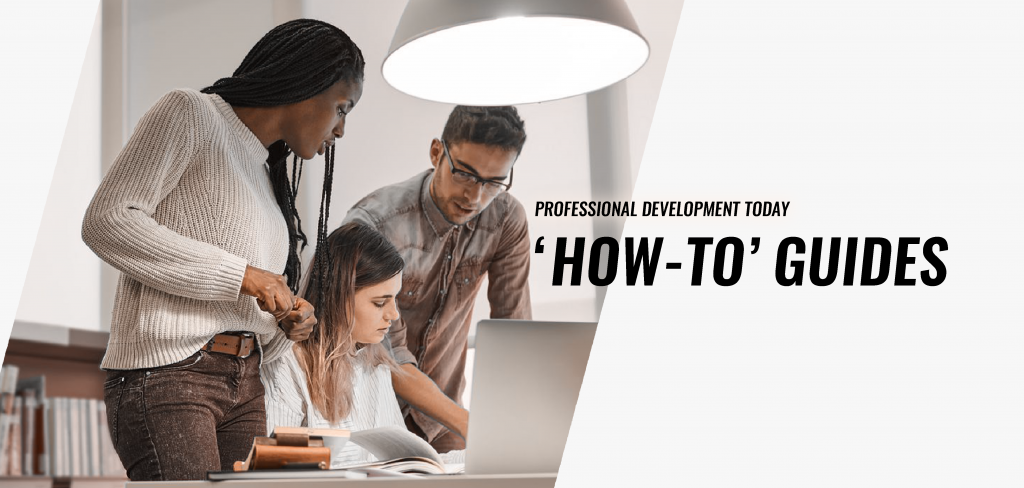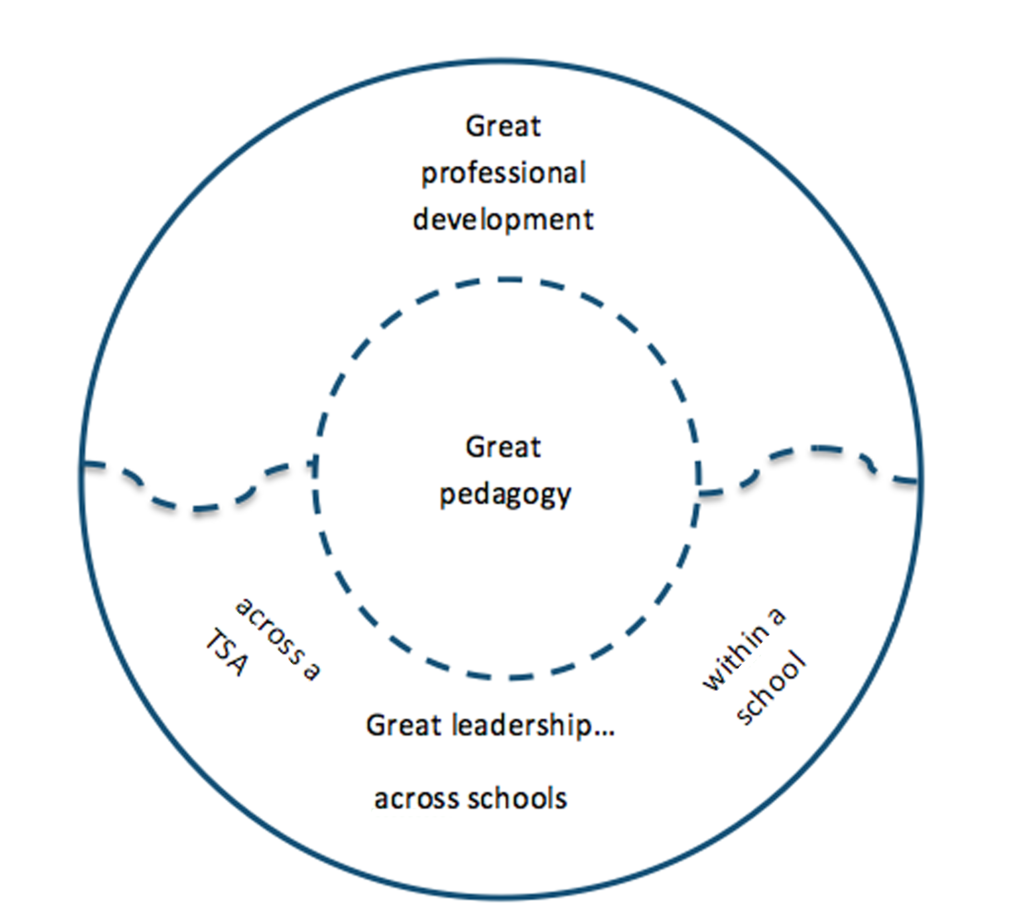
Collaboration is now the name of the game, here and internationally. What was previously often thought of as cheating is, quite simply, smart. The most successful countries and jurisdictions that have continued improving have done so through a blend of peers working together and innovation (Mourshed et al, 2010). And the latest findings of the international TALIS study (OECD, 2013) highlight the importance of professional learning communities. Increasingly, schools are also connecting with each other, whether as part of teaching school alliances, federations, multi-academy trusts, or informal partnerships and networks. Many are finding that in a learning community, the whole is more than the sum of the parts; that focused collaboration makes a difference to everyone’s learning, including that of pupils.
But how does this apply to research? Often when we think about research, it’s something undertaken by an individual teacher or leader, often associated with a programme, course or higher degree. Collaborative enquiry is a form of practitioner school – or partnership-based research and development (R&D) – that broadly involves four I’s – interdependence, impact orientation, investigation and innovation (also known as intervention). It can help those who engage in it “design better and more effective interventions and strategies” (Jackson and Street, 2005, p.11), and there is also evidence that it has benefits for teachers’ sense of self-efficacy (Butler et al, 2015).
Teaching schools have a remit to lead R&D – it’s one of their ‘big six’ responsibilities. From 2012-2014, 98 alliances around the country were involved in projects exploring, designing and evaluating initiatives focused on three of their R&D network priorities, which I call ‘three greats’ (Stoll, 2015a; Stoll, 2015b): great pedagogy, great professional development which leads to great pedagogy, and great leadership which leads to great pedagogy. The aims of the project were to produce robust evidence which could be shared widely, while building the capacity and commitment of teaching schools in their use of R&D approaches and evidence.
Participating teaching schools alliances were supported by two national teams, each of which had their own framework for collaborative enquiry. You can read more about these in the teams’ reports (Nelson et al, 2015; Rea et al, 2015 https://www.gov.uk/government/collections/research-and-development-network-school-based-research-on-pedagogy
The ‘HOW TOs’ following this one, written by Carol Taylor, Karen Spence-Thomas, and Simon Rea, national team leaders, focus on each of the three greats. In this HOW TO, we’ll look at the overarching messages from across the three sets of projects and think about what they mean for making a difference to teaching and learning through collaborative enquiry. You’ll find more detail about all of the topics covered in my report (Stoll, 2015a) There’s also an executive summary (Stoll, 2015b). https://www.gov.uk/government/collections/research-and-development-network-school-based-research-on-pedagogy
Focusing on what matters
Making a difference to teaching and learning is most likely when the three greats are considered as mutually influential and interconnected.

Source: Stoll (2015a and b)